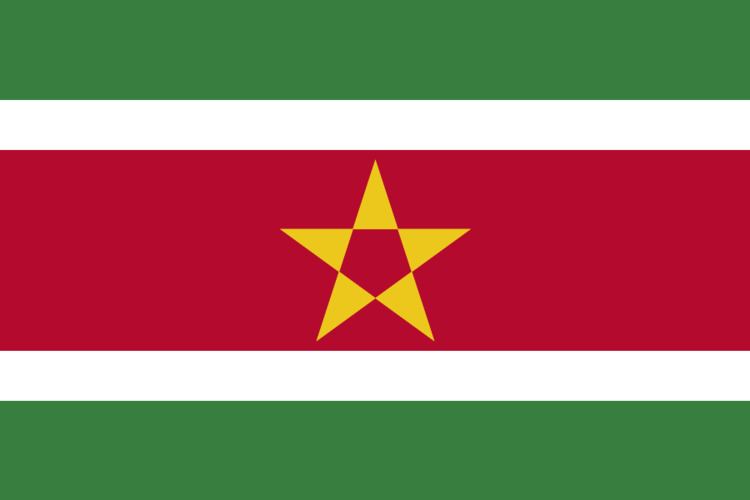Population 539,276 (2013) Population growth rate 0.9% annual change (2013) | Life expectancy 70.81 years (2012) GNI per capita 15,960 PPP dollars (2013) | |
 | ||
Fertility rate 2.29 births per woman (2012) | ||
This article is about the demographic features of the population of Suriname, including population density, ethnicity, education level, health of the populace, economic status, religious affiliations and other aspects of the population.
Contents
- Map of Suriname
- Population
- Structure of the population
- Vital statistics
- Ethnic groups
- Languages
- References
Map of Suriname
Most Surinamese people live in the narrow, northern coastal plain. The population is one of the most ethnically varied in the world. Each ethnic group preserves its own culture and many institutions, including political parties, tend to follow ethnic lines. Informal relationships vary: the upper classes of all ethnic backgrounds mix freely; outside of the elite, social relations tend to remain within ethnic groupings. All groups may be found in the schools and workplace.
Population
According to the 2010 revision of the World Population Prospects the total population was 525,000 in 2010, compared to only 215,000 in 1950. The proportion of children below the age of 15 in 2010 was 28.6%, 65% was between 15 and 65 years of age, while 6.5% was 65 years or older . According to 2012 census, there were 270,629 males and 271,009 females in Suriname.
Structure of the population
Structure of the population (02.08.2004) (Census) :
Structure of the population (01.07.2011) (Estimates) :
Vital statistics
The Population Departement of the United Nations prepared the following estimates for Suriname.
Ethnic groups
The current population of Suriname will be different to these census figures, as the census records residents, and notes legal visitors, but does not record illegal immigrants. According to estimates there may be as many as:
Languages
Dutch (official), Sranan Tongo (Surinamese Creole, sometimes called Taki-Taki, is native language of Creoles and much of the younger population), Hindustani (Hindi-Urdu), Javanese, English (widely spoken), French due to cultural influence from French Guiana, Portuguese and Spanish. Chinese languages are spoken as well.
